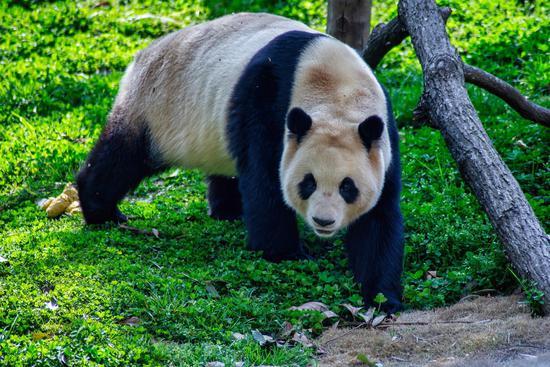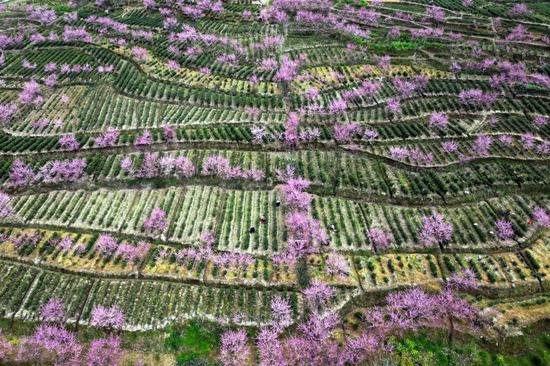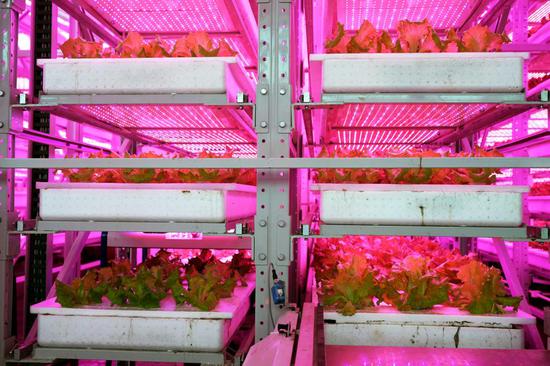(ECNS) -- Chinese scientists have revealed the highest-resolution pangenome sequence collection that incorporates the genomes of wild and cultivated rice varieties, according to a paper released in Nature this Wednesday by the Center for Excellence in Molecular Plant Sciences, Chinese Academy of Sciences.
For the first time, the study completed a high-precision pangenome based on 145 samples of chromosome-level assemblies, comprising genome sequences of 129 wild and 16 cultivated rice, and exploring the domestication and evolutionary history of the latter.
Climate change and the rapidly growing global human population have created a pressing need to sustainably boost the resilience and yield of Asian cultivated rice, which is a cornerstone of global food security.
The study found that wild rice possesses significantly greater abundance and diversity of disease-resistance genes compared to Asian cultivated rice, and that there is extensive genetic exchange among different groups of Asian cultivated rice in South Asia.
Research data achieved a systematic integration of the genetic resources of wild rice, enabling researchers to trace the origins of key genes. It will enhance understanding of the environmental adaptation, phenotypic plasticity, and regeneration potential of rice, while supporting the development of resilient and productive varieties.
Asian cultivated rice, as a staple food for billions of people worldwide, has a domestication history that traces back to common wild rice around 10,000 years ago.
(By Li Yan)


















































 京公网安备 11010202009201号
京公网安备 11010202009201号